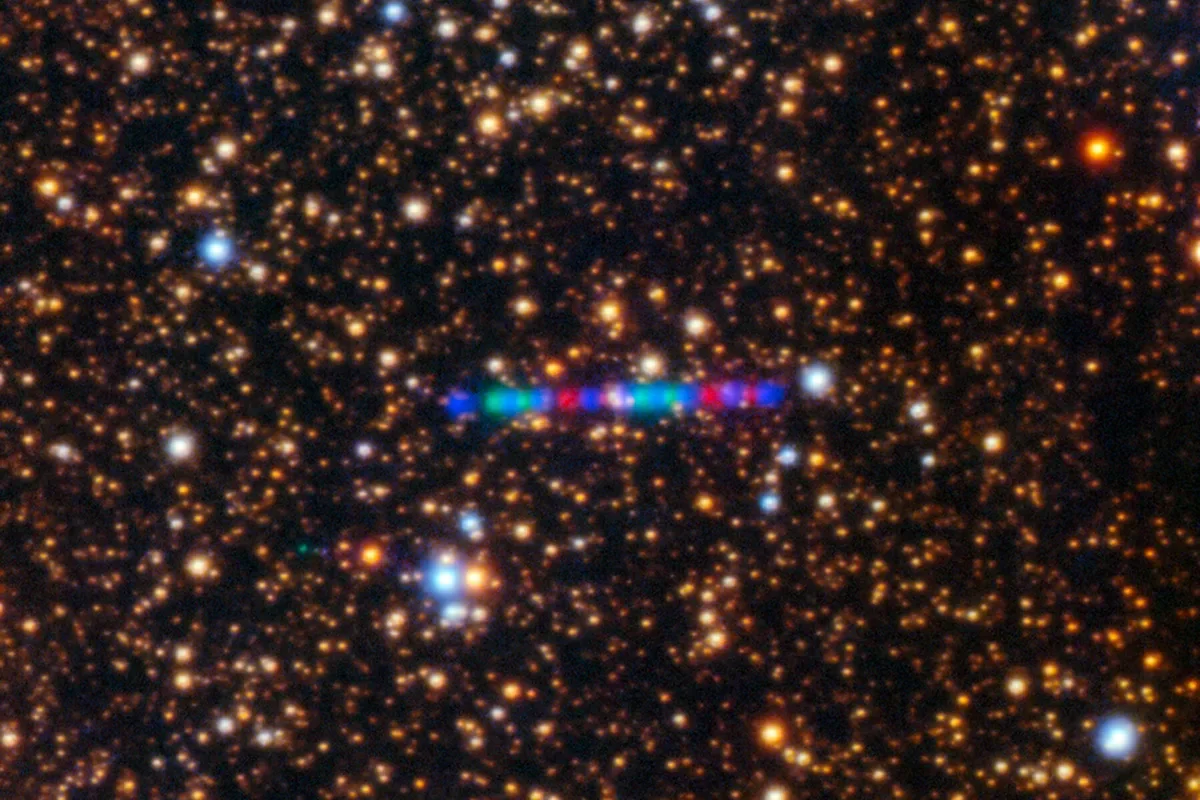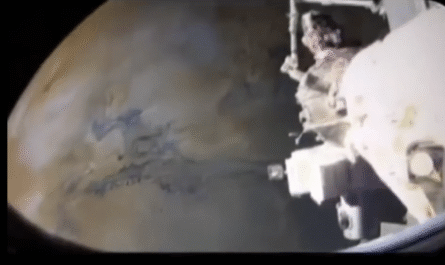When astronomers announced the discovery of 3I/ATLAS in July 2025, it was immediately classified as the third known interstellar object to pass through our Solar System.
At first glance, it looked like another frozen traveler from deep space — but soon, new observations and strange details sparked an even more fascinating idea:
What if 3I/ATLAS isn’t a comet at all, but an artificial spacecraft?
What Is 3I/ATLAS?
3I/ATLAS entered our Solar System on a hyperbolic trajectory, meaning it’s not bound by the Sun’s gravity — it came from beyond and will soon leave again forever.
Spectral data revealed something extraordinary: an unusually high level of carbon dioxide (CO₂) and almost no water.
That chemical imbalance is rare among natural comets and suggests 3I/ATLAS may have formed under very different cosmic conditions — or perhaps, it was constructed, not born.
The Theory of an Artificial Object
Some independent researchers believe 3I/ATLAS could be an extraterrestrial probe or a cosmic observation vessel quietly traversing interstellar space.
They point to several unusual features that differ from natural comets:
- Tail pointing toward the Sun — in some telescope images, the dust stream appears reversed, as if controlled by unknown forces.
- Unchanging brightness — the object’s light intensity remains steady even as its position and distance change, suggesting regulated illumination rather than reflection.
- Slight trajectory anomalies — its motion deviates just enough to raise the possibility of internal propulsion or energy emission.
Harvard astrophysicist Avi Loeb, known for proposing that the earlier interstellar visitor ʻOumuamua might have been technological in origin, has stated that 3I/ATLAS “cannot yet rule out the artificial hypothesis.”
In his analysis, such anomalies might indicate a technology that manipulates radiation pressure or uses light as a navigation system.
A Cosmic Messenger?
Alternative theorists go further, suggesting 3I/ATLAS could be a monitoring satellite — part of an ancient galactic network observing developing civilizations.
They compare it to humanity’s own Voyager and Pioneer probes, which carry messages for whoever might one day find them.
Several amateur astronomers have shared videos showing the object’s apparent shape-shifting glow, claiming it behaves like a craft with an active energy field, not a ball of ice and dust.
Scientific Caution
NASA and the European Space Agency have firmly classified 3I/ATLAS as a natural interstellar comet.
They explain its anomalies through physics: unusual ice composition, extreme solar heating, and radiation effects can produce unexpected behavior.
Still, even official scientists admit — this object is strange, and it challenges existing comet models.
A Mystery Still Unfolding
3I/ATLAS is now approaching its perihelion (closest point to the Sun) and will soon vanish into the depths of space.
For astronomers, it’s a fleeting opportunity to gather as much data as possible before it disappears — perhaps for eternity.
But for dreamers, philosophers, and those who look beyond the ordinary, the question remains:
What if this isn’t a rock at all, but a visitor?
A silent spacecraft crossing our Solar System, observing us — yet choosing not to make contact.
⚠️ Disclaimer: This article presents a theory that has not been scientifically proven. There is no confirmed evidence that Earth undergoes sudden catastrophic pole shifts as described by Chan Thomas. The content is provided for informational and entertainment purposes only. Readers are encouraged to explore the topic further and form their own conclusions.



